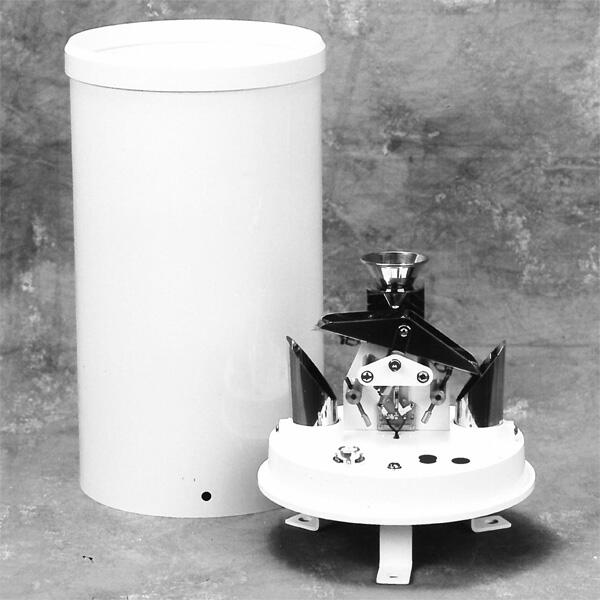
# Rain Gauge: Measuring Precipitation for Weather Analysis
## What Is a Rain Gauge Used For?
A rain gauge is a meteorological instrument designed to measure the amount of liquid precipitation (rainfall) that falls over a specific area during a set period of time. These measurements are crucial for weather analysis, agriculture, hydrology, and climate studies.
### The Importance of Precipitation Measurement
Accurate rainfall measurement helps scientists and researchers understand weather patterns, predict floods, and monitor drought conditions. Farmers rely on this data to make informed decisions about irrigation, while urban planners use it to design effective drainage systems.
## Types of Rain Gauges
There are several types of rain gauges used in different applications:
### 1. Standard Rain Gauge
The most common type consists of a funnel that collects precipitation and directs it into a measuring tube. The narrow tube allows for more precise measurement of small amounts of rainfall.
### 2. Tipping Bucket Rain Gauge
This electronic version uses a small bucket that tips when it fills with a specific amount of water (typically 0.01 inches). Each tip is recorded electronically, making it ideal for automated weather stations.
### 3. Weighing Rain Gauge
This sophisticated instrument measures precipitation by weight, allowing it to record all forms of precipitation including snow. The weight is converted to inches or millimeters of water equivalent.
## How Rain Gauges Work
The basic principle of operation involves:
1. Collecting precipitation in a standardized container
2. Measuring the depth of accumulated water
3. Recording the measurement at regular intervals
Most rain gauges measure precipitation in millimeters or inches, with professional models offering accuracy to within 1% of the actual rainfall.
## Applications of Rain Gauge Data
The information collected from rain gauges serves multiple purposes:
Weather Forecasting
Meteorologists use rainfall data to improve weather prediction models and issue severe weather warnings.
Agricultural Planning
Farmers monitor precipitation to determine irrigation needs and optimal planting times.
Water Resource Management
Hydrologists track rainfall patterns to manage reservoirs and predict water availability.
Climate Research
Long-term rainfall records help scientists study climate change patterns and trends.
## Proper Rain Gauge Placement
For accurate measurements, rain gauges should be:
- Placed in an open area away from trees and buildings
- Positioned at a standard height (usually 1-2 feet above ground)
- Level and stable to prevent measurement errors
- Checked and maintained regularly
## Conclusion
Rain gauges play a vital role in our understanding of weather and climate. From simple manual devices to sophisticated electronic systems, these instruments provide essential data that impacts agriculture, water management, and our daily lives. By accurately measuring precipitation, rain gauges help us prepare for weather events and make informed decisions about our environment.
Keyword: what is a rain gauge used for